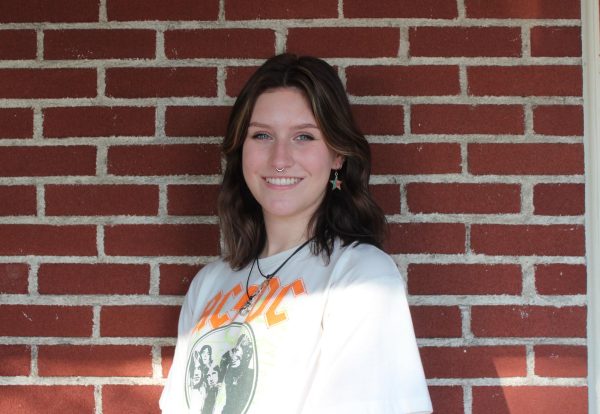In the December 2023 Public Safety newsletter, released in a recent Message Center email, featured a section titled “First Amendment and Bucknell,” which can be read here.
It is understandable that the institution would draw attention to these rules at this time, as tensions are high and there is a lot of “side-choosing” amidst war overseas. When there is a harsh split between beliefs, such as during presidential elections, stronger expressions of free speech, even sometimes rising to the level of hate-speech, seem to come to the forefront as individuals desperately defend their side of the argument. It is evident that this trend is currently coursing through Bucknell, with swastika graffiti being found on campus last month, which was condemned by the university.
Bravman’s campus-wide email condemning this act gives me faith that there is a strong commitment to protecting our student body from hate speech. At the same time, I worry that the rules concerning freedom of speech at Bucknell are too broad and seemingly flexible.
The Public Safety newsletter actively acknowledges that while the freedom of expression policy may allow for “speech that may be viewed by some as distasteful, disrespectful or hurtful, it is often not illegal.” In a similar vein, they concede that while signs and posters in demonstrations sometimes display images that can be “jarring,” they are not necessarily illegal. Public Safety states that their role as law enforcement is to “determine whether language is communicating a true threat and whether there is malicious intention toward an individual or group based on their perceived [identity].”
My concerns with the policy are rooted in the wording. While a newsletter from Public Safety does not act as the be-all-end-all guidelines for free expression, protection of freedom of speech is still a legal matter and wording is very important, in the event that it could be manipulated or found to have a loophole.
I worry that the protection of speech that could be “distasteful, disrespectful or hurtful,” and of images or symbols that can be “jarring” allows for too much freedom. With that, what truly defines “malicious intention”? And should it come down to the fact of whether or not speech or images can be considered a “threat”?
One of the benefits of a private institution that I’m thankful for is that outside protest groups are not permitted to protest on campus. I’m reminded of my thankfulness for this protection when I see groups like this making identity-based and/or minority-directed attacks on public campuses, of which students just trying to walk to class are not protected from. The newsletter expresses that “verbalizing differences of opinion and perspective should not automatically make us fearful of one another.” It is statements like this that make me feel like the protection from outside groups scarcely matters if I am just as concerned about the actions of my peers, who just might pass off their hate speech as merely “a difference of opinion.”
With all of this being said, I want to make it clear that I would never blame this Public Safety newsletter in the event of a hate speech issue— as I mentioned, it is not the be-all-end-all of the university’s freedom of expression rules. Rather, I want to bring attention to the vague wording that surrounds the protection of freedom of speech at this institution. Where there are not hard-set guidelines in the policy, there are opportunities for students to argue that their specific action was not prohibited, based on the wording of the rules.
As a queer woman on campus, knowing that the campus has struggled with anti-LGBTQ+ speech and actions, I’m more inclined to worry about my safety on campus. I want to bring these flaws to the attention of other minority groups, or simply anyone passionate about activism that wants to see the insured protection of groups at Bucknell.
I want to feel protected on my campus.




















